UNLIMITED ACCESS TO OVER 400 HISTORIC PLACES
Live and breathe the story of England at royal castles, historic gardens, forts & defences, world-famous prehistoric sites and many others.
The spectacular landscape of the Whitby headland is central to its history. It has never been an easy place to live, and yet there is something special about the high clifftops that has attracted people for centuries. Rising high over the North Sea, it is frequently buffeted by high winds and lacks a natural water source. Over the course of its human occupation, huge tracts of land have fallen into the sea as a result of erosion. But with far-reaching views in all directions and an easily defendable position, it has been seen as both a spiritual place and a seat of power.
Over time Whitby’s monastic buildings have become as much a part of the landscape as the cliffs themselves. Sailors used to navigate by the sight of the abbey, and today its clifftop ruins still form one of northern England’s most iconic landmarks.
Photo: © Ian Forsyth/Getty Images
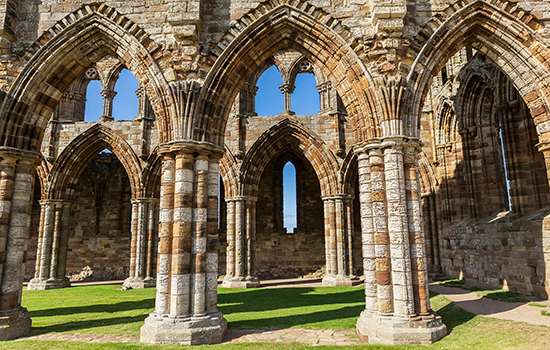
Read a comprehensive overview of Whitby’s history, from its first settlers up to the excavations that have helped us to understand the site today.
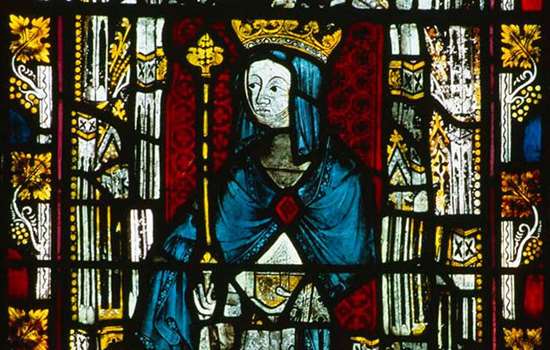
As abbess of Whitby – a monastery for both men and women – Hild led one of the most important religious centres in the Anglo-Saxon world.
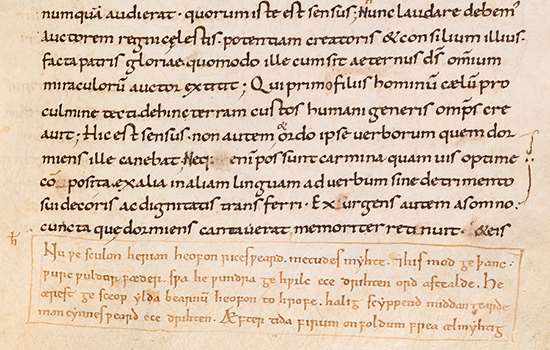
Discover how Cædmon’s poetic awakening, at the monastery that lies beneath the present day ruins, produced one of the first fragments of English verse.
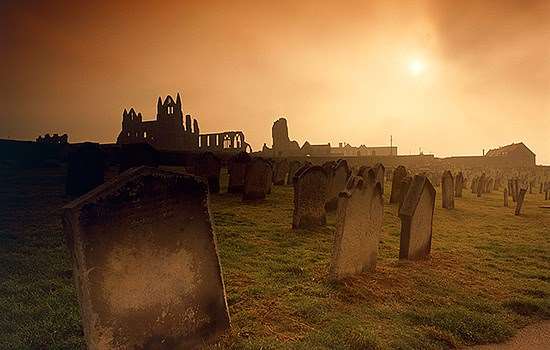
Find out how Bram Stoker’s visit to the town of Whitby provided him with atmospheric locations for a Gothic novel – and a name for his famous vampire.
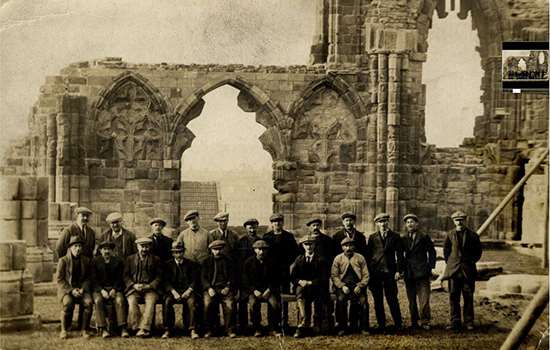
Visit our online Google Arts and Culture exhibition to discover how Whitby’s west front was rebuilt after First World War bomb damage.
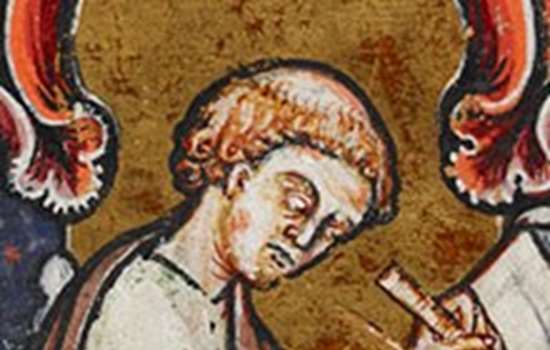
Discover how a meeting about calculating the date of Easter became a landmark in the history of Christianity in England.
Scroll through the images below to view the highlights of Whitby’s museum collection in 3D. Select the play button and use your cursor or touch screen to rotate the object and zoom in. For descriptions of each object, select the title in the top left of the image (opens in new window).
Models derived photogrammetrically by Jon Bedford of the Geospatial Imaging Team at Historic England on behalf of English Heritage.
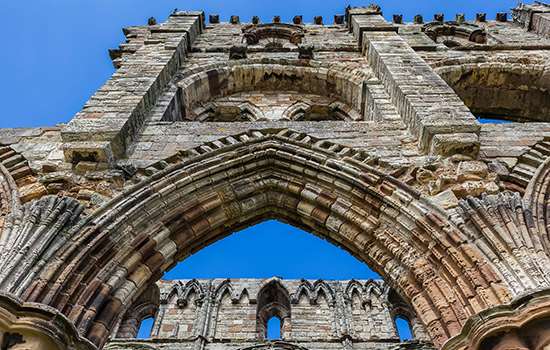
Learn about the significance of Whitby's Gothic architecture and the Anglo-Saxon monastery's role as a major centre of religious learning.
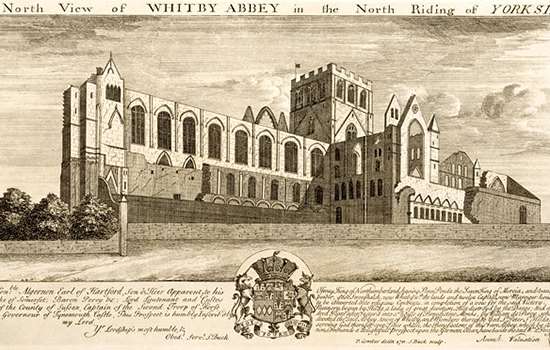
Discover what you’ll find on the Whitby headland today, and what the ruins reveal about Whitby Abbey’s appearance in its heyday.
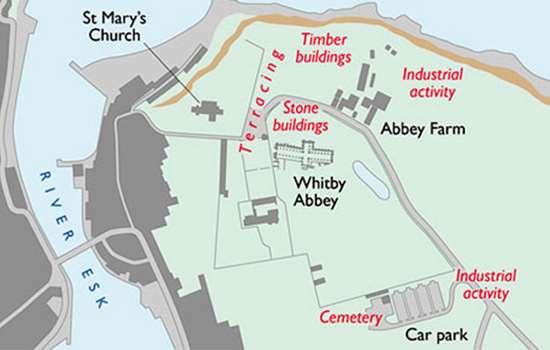
Read about the excavations that have helped reveal the centuries of history buried within Whitby’s famous headland.
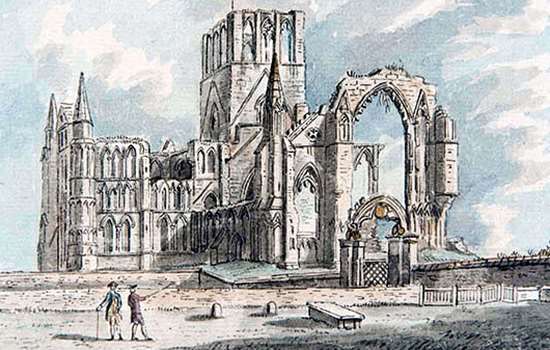
Continue exploring Whitby's history using this summary of the main written, material and visual sources for our knowledge and understanding of the abbey.
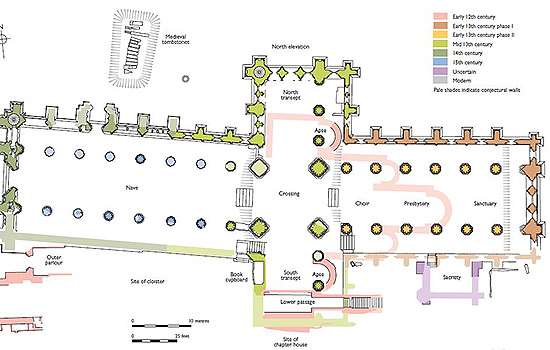
Download this PDF plan which shows how Whitby Abbey changed over time.
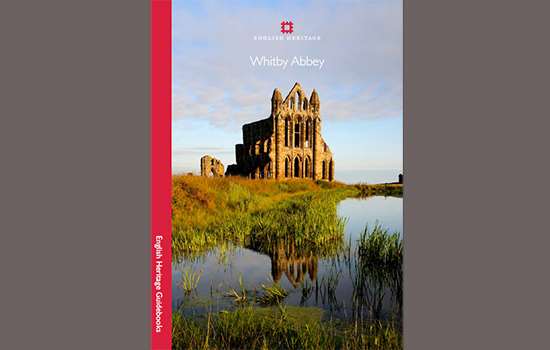
This guidebook includes a tour of the site and a comprehensive history illustrated with historical photographs and drawings.
